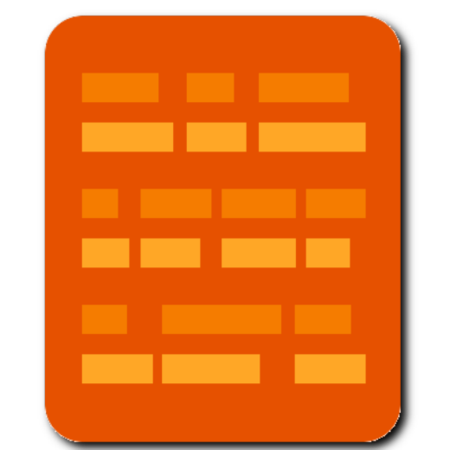Basque grammar is a complex and fascinating topic, but it can also be intimidating for learners who are new to the language. The goal of this primer is to offer an introduction to the structure of Basque language, as well as provide a few tools that can help learners better understand its complexities.
The Basque language, Euskara or Euskera, is one of the oldest languages in Europe and is spoken by roughly 627,000 people in the Basque Country of Spain and France. It has no known linguistic relatives, making it unique among all other European languages. In addition to being different from any other known language, Basque also stands out due to its complex grammar rules, which include a variety of verb inflections and tenses.
Basque language verbs are conjugated differently than those found in most other languages. For example, instead of having only one form for “I am”, the basque verb “izan” has eight different conjugations depending on the tense and mood of the sentence. Another interesting feature of Basque is its lack of gender in nouns and pronouns; there are no masculine or feminine pronouns or forms in basque. Instead, all nouns refer to individuals without specifying whether they are male or female.
In addition to its verbal complexity, Basque also has many rules around word order and syntax that must be followed when constructing sentences. There are several different word orders that can be used when speaking or writing in Basque depending on what type of sentence you are constructing: subject-object-verb (SOV), subject-verb-object (SVO), and others. In each case, certain words must always remain close together in order for a sentence to sound natural; for instance, if two verbs appear next to each other they must both be conjugated with the same person ending (e.g., dut “I have” + duzu “you have”).
Basque also has numerous dialects throughout its region which differ greatly from each other; some dialects are mutually unintelligible with others! This makes learning more challenging for non-native speakers who may not understand nuances between dialects. It is important for learners to stay current on local news sources so they can get an idea of how locals use their language since dialectal variations can often change quickly compared with standard written forms found in textbooks or online courses .
Finally, it's good practice for learners studying basque grammar to utilize flashcards when memorizing key concepts such as verb conjugation rules or pronoun usage guidelines. Creating visual aids like these can help reinforce understanding by providing multiple points of reference when reviewing new material; this way students don't just learn about basque grammar but also remember how each rule works within context! Additionally utilizing audio recordings alongside written materials can help develop pronunciation skills while strengthening comprehension overall - something that will come in handy once conversational practice starts taking place!
In conclusion while there's no denying that studying basque grammar can be quite challenging at times — with hard work and dedication anyone willing should be able to make significant progress towards fluency! Use these tips as a starting point then watch your understanding grow as you become more familiar with how this unique language works both verbally and grammatically!
